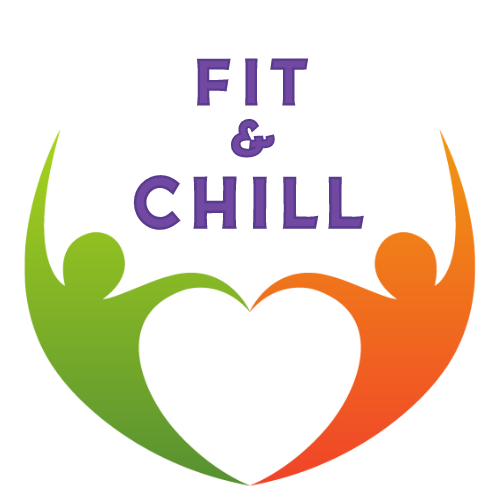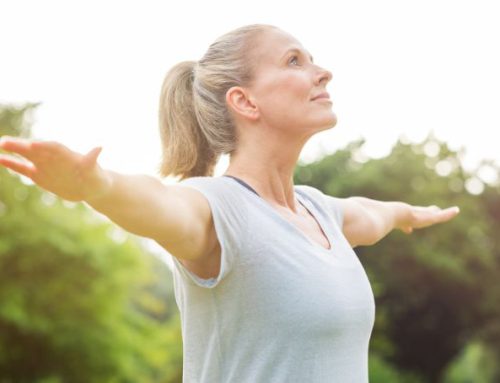Benefits of The Shuffle to Side Lunges
- Lower Body Strength: “Shuffle to Side Lunges” targets the muscles of the lower body, including the quadriceps, hamstrings, glutes, and adductors, helping to strengthen and tone these muscle groups.
- Improved Agility: The lateral shuffling movement challenges agility and coordination, improving overall motor skills and movement efficiency.
- Core Engagement: Stabilizing the torso during the side lunges engages the core muscles, including the abdominals and obliques, enhancing core strength and stability.
- Flexibility: Performing side lunges helps improve hip flexibility and range of motion, reducing the risk of injury and enhancing overall mobility.
- Cardiovascular Endurance: The dynamic nature of the exercise elevates the heart rate, providing cardiovascular benefits and improving endurance.
Tips for Beginners:
- Start Slow: Begin with a slower pace to focus on proper form and coordination before increasing speed or intensity.
- Land Softly: Focus on landing softly on the balls of your feet with each repetition to reduce impact on the joints and minimize noise.
- Engage Core: Keep your core muscles engaged throughout the exercise to stabilize your torso and maintain proper posture.
- Twist with Control: Avoid excessive twisting or jerking motions and focus on twisting from the waist with control to prevent strain on the spine.
- Listen to Your Body: If you experience any discomfort or pain, reduce the intensity or take a break. It’s important to listen to your body and avoid overexertion.



Leave A Comment